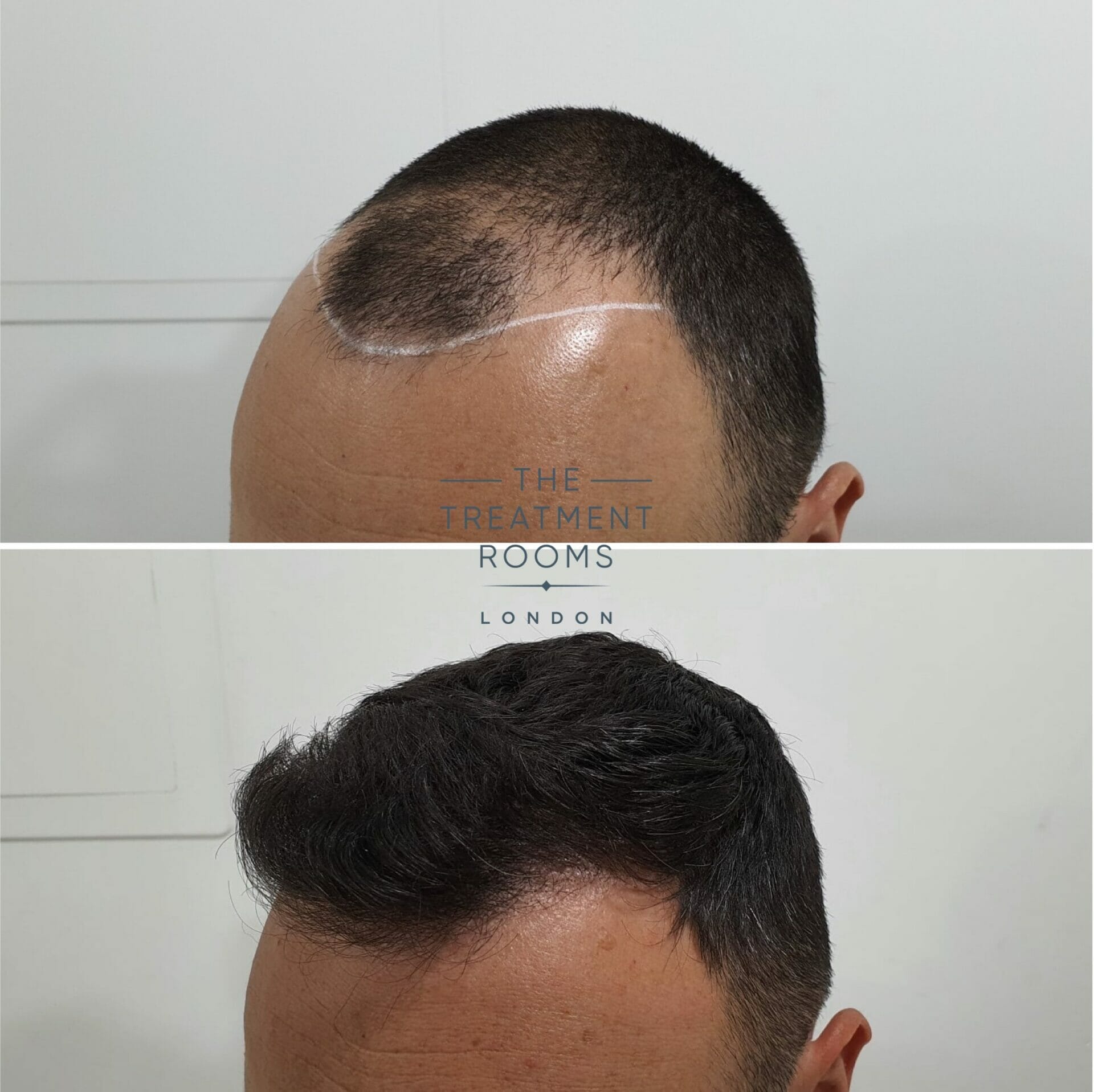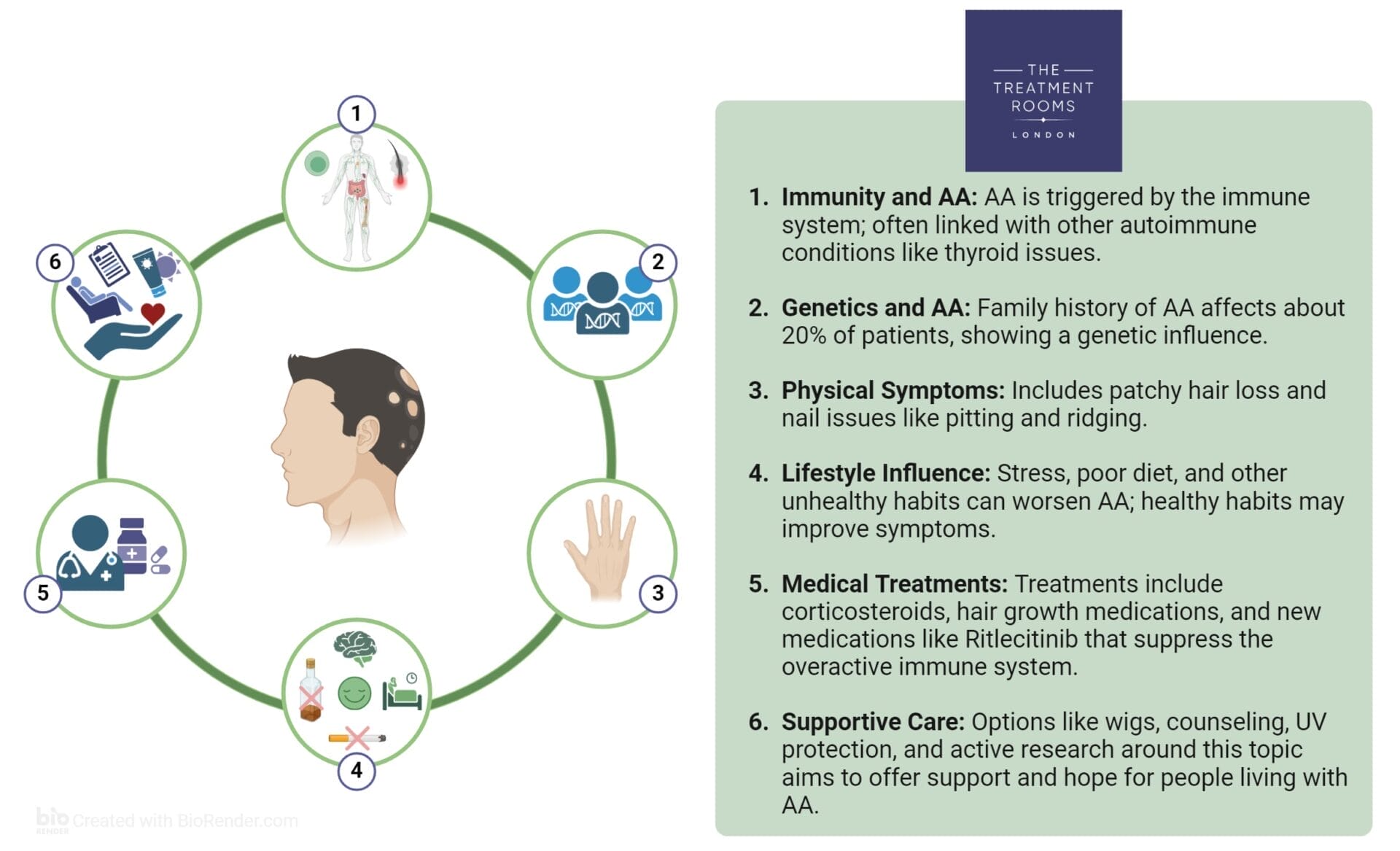When he’s not breaking world records (and speed limits) with his Formula One team at Mercedes, Lewis Hamilton is a charismatic figure in the world of fashion, music and motorsport. Even when climbing out of his championship-winning car on the track, he’s known for being cool and always well styled.
Since his debut in 2007, Hamilton has been seen with a variety of hairstyles. Ranging from a close cut fade, to braided dreadlocks and an on-point afro, he’s a man unafraid to experiment with his hair. Being fashion-forward, Hamilton is a man who has openly discussed how important grooming is to him, and that having his look refined and sleek is what really helps him feel as confident as a 6 time Formula One world champion should.
As a top-class racing driver, Hamilton is used to wearing a race helmet, something which can cause limited hair loss through the rubbing and sweating associated with wearing a close-fitting helmet in tough racing conditions. Even out of his car, he’s quickly sporting a stylish snapback to hide that helmet hair – but some suggested that he was turning to the caps as a way of hiding thinning hair and a receding hairline.
Hamilton appears to have suffered from a receding hairline and some thinning hair on the crown of his head, however, in more recent years he’s been seen with a close braided style that shows a thick and even crop of hair. As a man who values his personal appearance and grooming, Hamilton certainly would have been unafraid to explore a hair transplant as an option to help maintain his hair, and his trademark fashionable appearance.
Choosing a hair transplant
To achieve a seamless result with a hair transplant, the best option to choose is the most modern form of treatment, known as a FUE (follicular unit excision) transplant. Suitable for all hair types and with over a 98% success rate for patients, a FUE hair transplant is the best option to choose for men looking to give their hairlines a new lease of life.
FUE transplants take hair from areas of the head where there is no thinning occurring – this is usually around the base of the neck or around the ears, where hairs can be taken without too much visibility. The individual hair follicles are surgically removed and implanted into the area which is affected by thinning or hair loss. The whole procedure takes less than a few hours to recover from, thanks to being carried out under local anaesthetic, and fully healed results are visible in as little as 8-12 weeks.
If you think a hair transplant could be the best solution to help you achieve the look you deserve, contact a member of our team today to discuss.
Share:
Authored by
Reviewed by
Book a Consultation
Related Blogs
Does Rosemary Oil Work for Hair Loss?
December 27, 2025
A Summary: Does Rosemary Oil Work for Hair Loss? Understanding Rosemary Oil: Extracted from the rosemary plant,…
Norwood 4 Hair Loss And Hair Transplant Surgery
December 27, 2025
Norwood 4 hair loss is a stage on the hair loss scale and shows significant loss in…
Norwood 2 Hair Loss And Hair Transplants
December 27, 2025
Norwood 2 is a specific stage of hair loss that forms part of the Norwood Scale. During…
What does a 2,000-graft hair transplant look like?
December 27, 2025
If you are considering a hair transplant, you may have been told you require 2000 grafts for…
Hair transplant after 7 days: what to expect
December 27, 2025
7 days after your hair transplant you can expect to see the scabs in your transplanted area…
How Many Hair Grafts Do You Need For A FUE Hair Transplant?
December 27, 2025
A Follicular Unit Excision (FUE) or FUT hair transplant is one of the two main procedures available to address…
Alopecia Areata: A Comprehensive Guide
December 27, 2025
Quick Summary: Understanding Alopecia Areata What is Alopecia Areata? An autoimmune condition where the immune system mistakenly…
Elon Musk Hair Transplant: Before, After and His New Hairline
December 26, 2025
Elon Musk, the billionaire behind Tesla and SpaceX, is a well known figure for his innovations and…
Taking Biotin Supplements For Hair Loss & Thinning
December 26, 2025
Biotin, also known as vitamin B7, is found in many foods and dietary supplements and can support…











